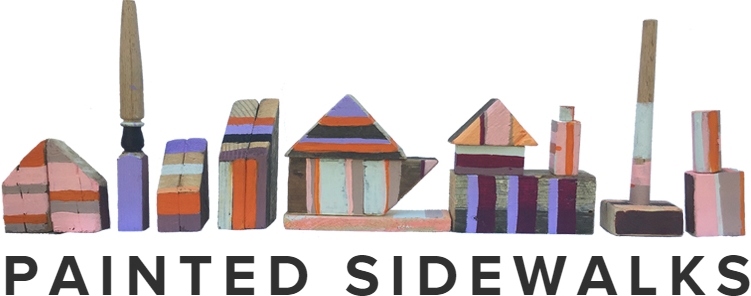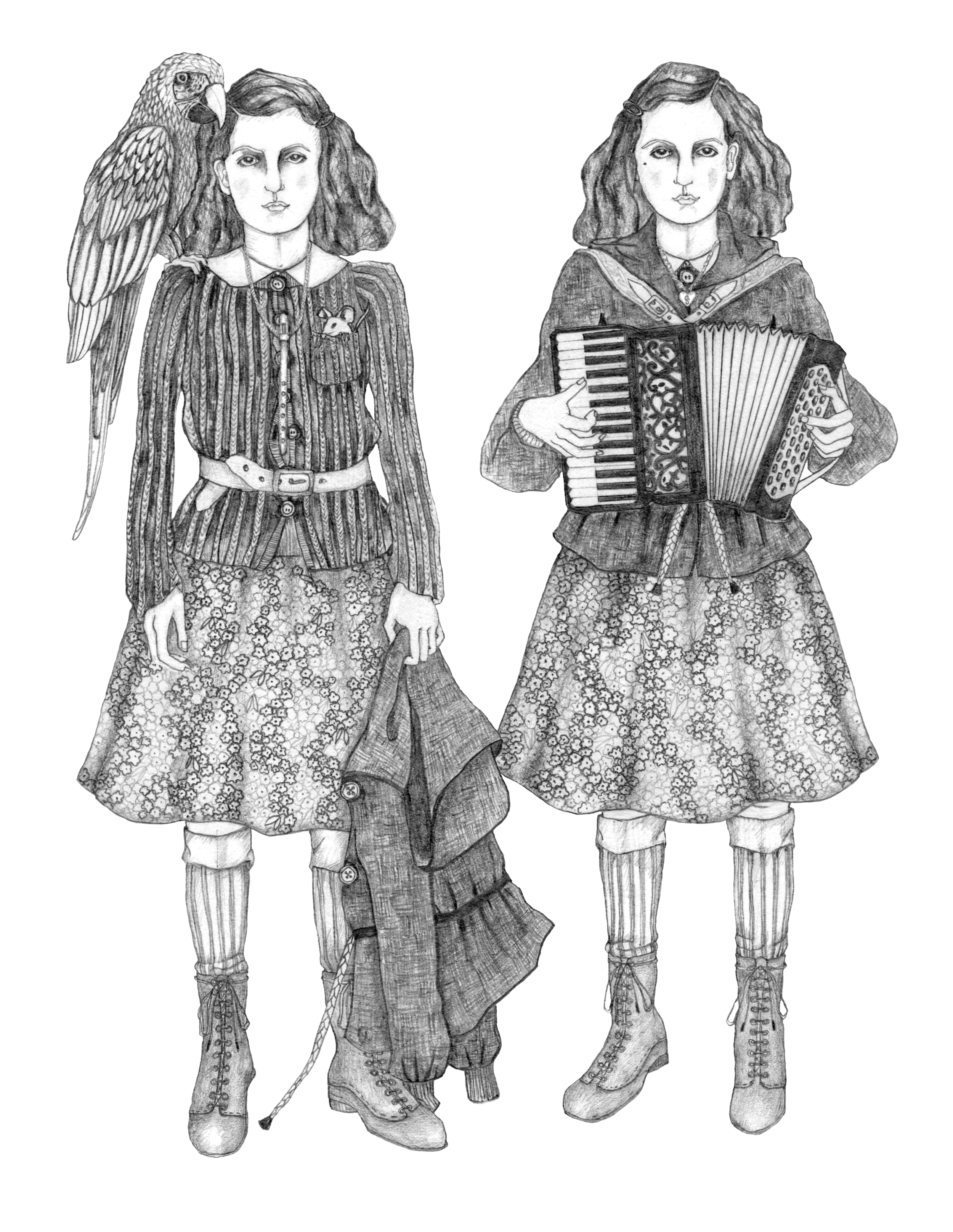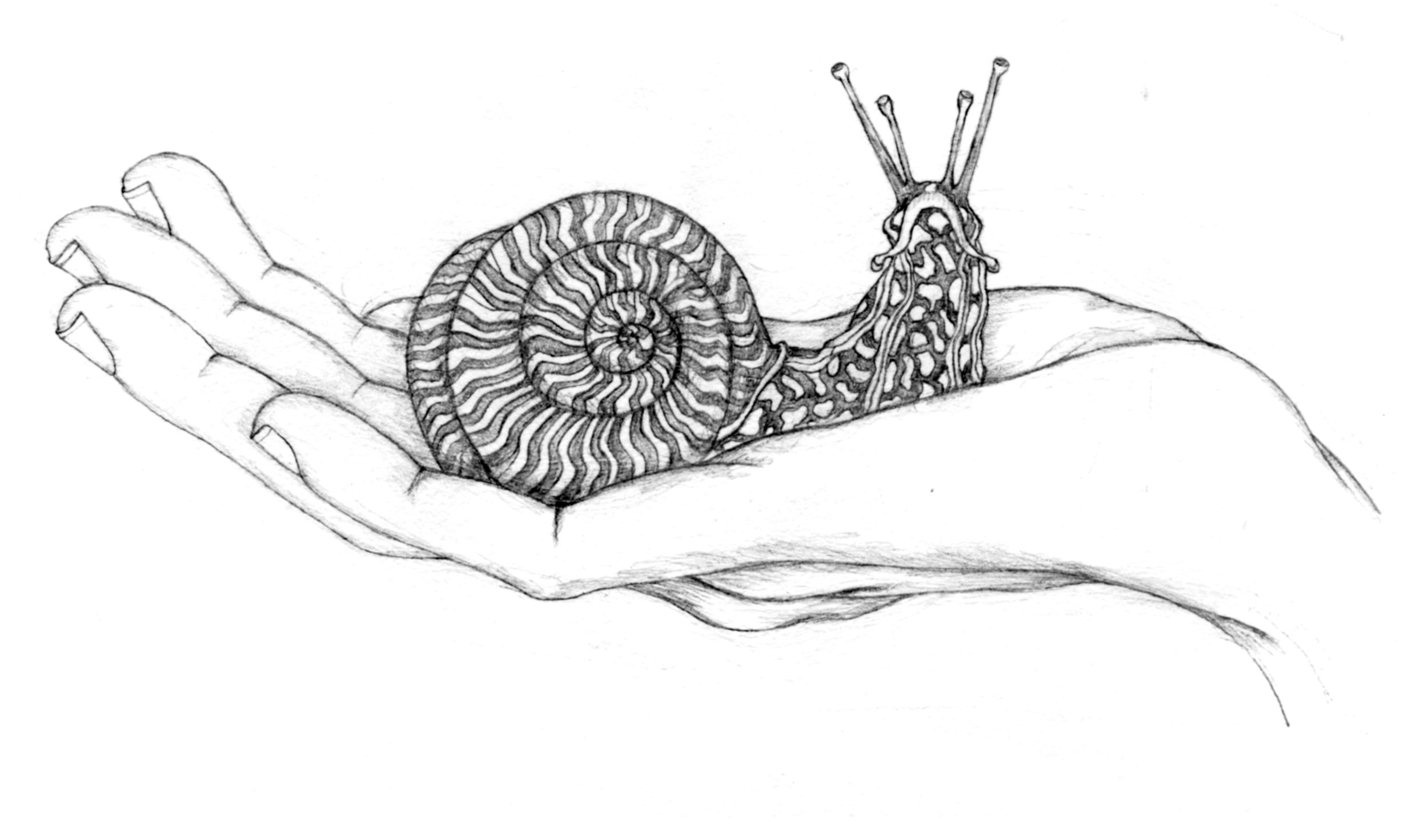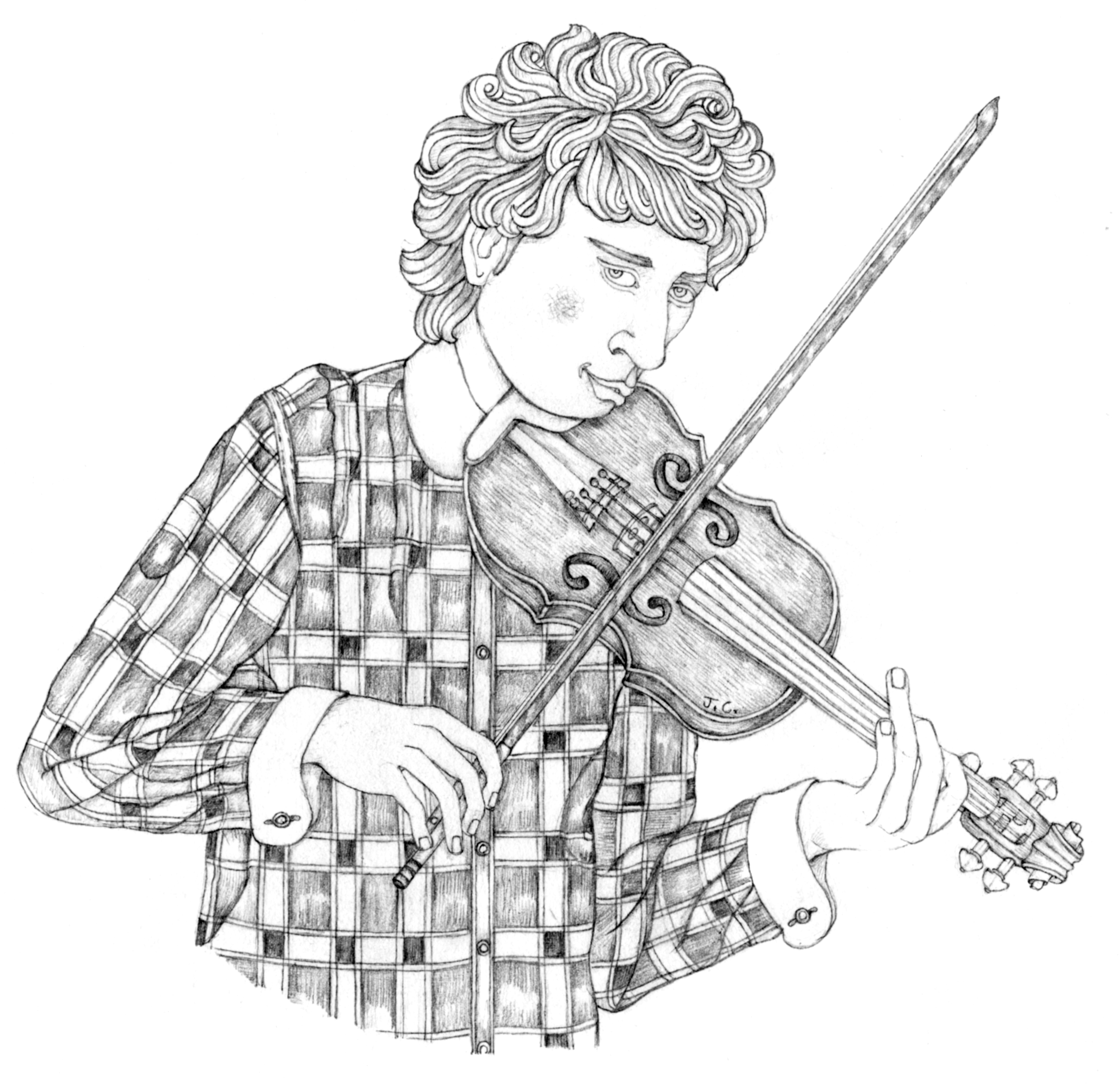We LOVE Juman Malouf's The Trilogy of Two
Courtesy of Penguin Random House
Our East Coast contributor Kat Johnson talks to author, illustrator, costume designer and Wes Anderson collaborator/partner Juman Malouf about her stunning new book for the middle-school set.
I met Juman Malouf when I was 16. I had just gone off to boarding school in Rhode Island, and a friend told me to contact her cousin, Juman, who was in college at Brown at the time, so I’d know someone in Providence. As it turned out, my parents ended up entrusting Juman as practically my temporary guardian -- they told my school I had permission to stay with her every weekend, though in fact I almost never did. When the school eventually found out I hadn't been spending my weekends safely ensconced in a Brown dorm, the ruse (and my freedom) came to an end. Nowadays I wish I’d spent more time where the school thought I was, absorbing Juman’s singular brand of grace, wit, artistry and wonder, rather than hanging out with a motley crew of hippie high schoolers. Back then, Juman was the most glamorous person I knew. She still is.
Of course now, I'm far from the only person who's enamored by her charms. After a brief but memorable career as a fashion designer (the cultish label Charlotte Corday, which she cofounded with Bird owner Jen Mankins in the early 2000s, was beloved for its Victorian-inspired knits) and costume designer, she spent the past 10 years writing an illustrated young-adult novel, "The Trilogy of Two," which was released this month to a flurry of press. The book, which follows a pair of identical twins in a fantastic circus landscape, is offset by Juman’s strikingly detailed, moody illustrations and evocative language.
There's also her famous partner, the film director Wes Anderson, with whom she's collaborated professionally over the years. Over breakfast in the East Village, I sat down with Juman to get the inside scoop on the book and her road to becoming a writer.
KJ: You were much more immersed in the visual arts before you started writing. How did that switch come about?
JM: My interest in set and costume design was always about creating fantastical settings -- to use my imagination to invent new worlds. Then I realized I could create these worlds myself, and go even deeper, with writing. One reason I wanted to write was that in college, I had so many wonderfully creative friends -- artists, musicians, performers -- and after school so many people got cold feet and didn’t think their creative pursuits could be real jobs, so they went on to do more practical things. That experience inspired the plot of the book, where the villain steals people’s talents.
Did you always envision it as a YA novel?
I think that people have very short attention spans these days, when it comes to reading. Kids have a better attention span at this age [the middle-school reading level], and those are the years where you read so much, and you really remember and love what you read.
What are some of the books that you loved as a child?
“Alice in Wonderland,” anything by Roald Dahl, the Narnia books, the historical children’s novels by Leon Garfield, and the “All-of-a-Kind Family” series.
How do you think your upbringing inspired your creativity?
I was born in Lebanon, but we had to leave during the civil war. We went to Saudi Arabia, then London, then America. We weren’t displaced people, but we had to keep moving and we couldn’t live in our home because of the war. So we imagined other worlds that we could call home. And my memories of those places have become kind of imaginative and fantastical themselves.
Your mom [the Lebanese writer Hanan al-Shaykh] is a writer. How did that affect you?
I never thought I would be a writer, because my mom is one. I gravitated to visual arts. But I couldn’t escape it. Being surrounded by her circle of artists and intellectuals was very influential. She would take my brother and me to exhibitions, the theater, museums -- I understood and liked that world. She treated us as friends and contemporaries, and that gave us confidence. In my case, maybe too much -- I thought I could write a book but then it actually took me so long to do it. In the book, Tatty [the adoptive mother of the twins] is inspired by my mom.
Can you talk a little about your collaborations with Wes Anderson?
I worked on three projects with Wes. The first one was a little speaking role in “The Fantastic Mr. Fox.” I played a young fox named Agnes. I was really terrible. I think Wes cut my lines down to four! Then, I drew a cover for one of the books Suzy reads in “Moonrise Kingdom.” It felt great to actually finish a "book" while I was so lost in my own. The most recent project was drawing the character sketches for “The Grand Budapest Hotel.” Wes and the legendary costume designer, Milena Canonero, talked through their ideas and I just sketched what they spoke about. It was like taking notes, but with drawings. They were all fun experiences that helped take me out of “The Trilogy of Two” world for a few weeks!
You say that people can lose touch with their creative urges. Why do you think that happens, and how do some people hang on while others can’t?
I think it’s fear-based -- a fear of not making money, which is a legitimate concern. But it’s also the fear of how much work is required to be an artist, and that you really have to motivate yourself. I think for those people who do continue to work in the arts, it’s that they couldn't survive without it. A lot of it comes from how loud that voice is inside you to create art.
Do you have any other creative hobbies?
One of the things I love about my mom is that she has collected so many scraps of things over the years -- lace, buttons, etc. -- and she adds them to her clothes. I like that, and I think I would like to start making my own clothes again. Just for me this time.
Self-Portrait






